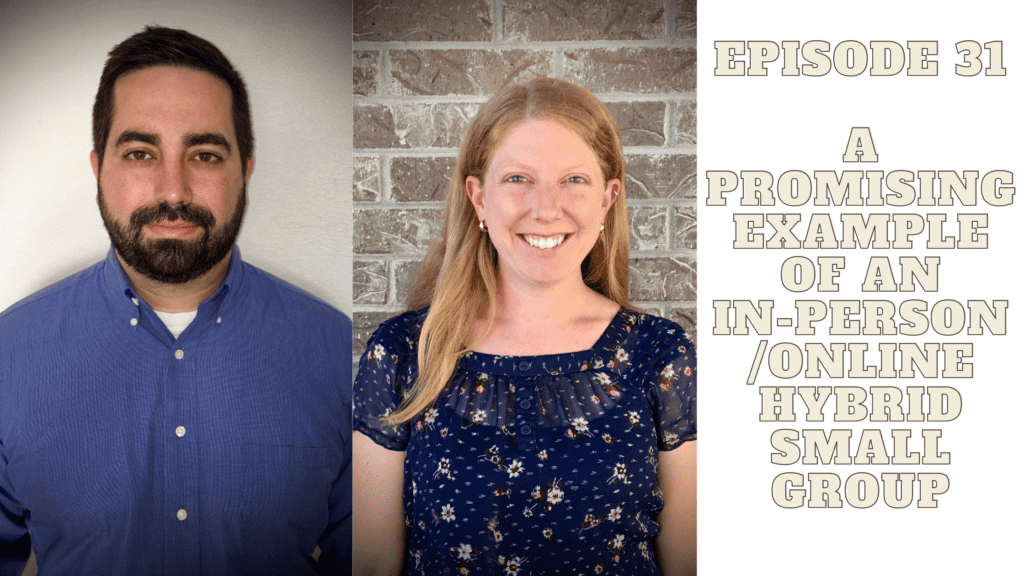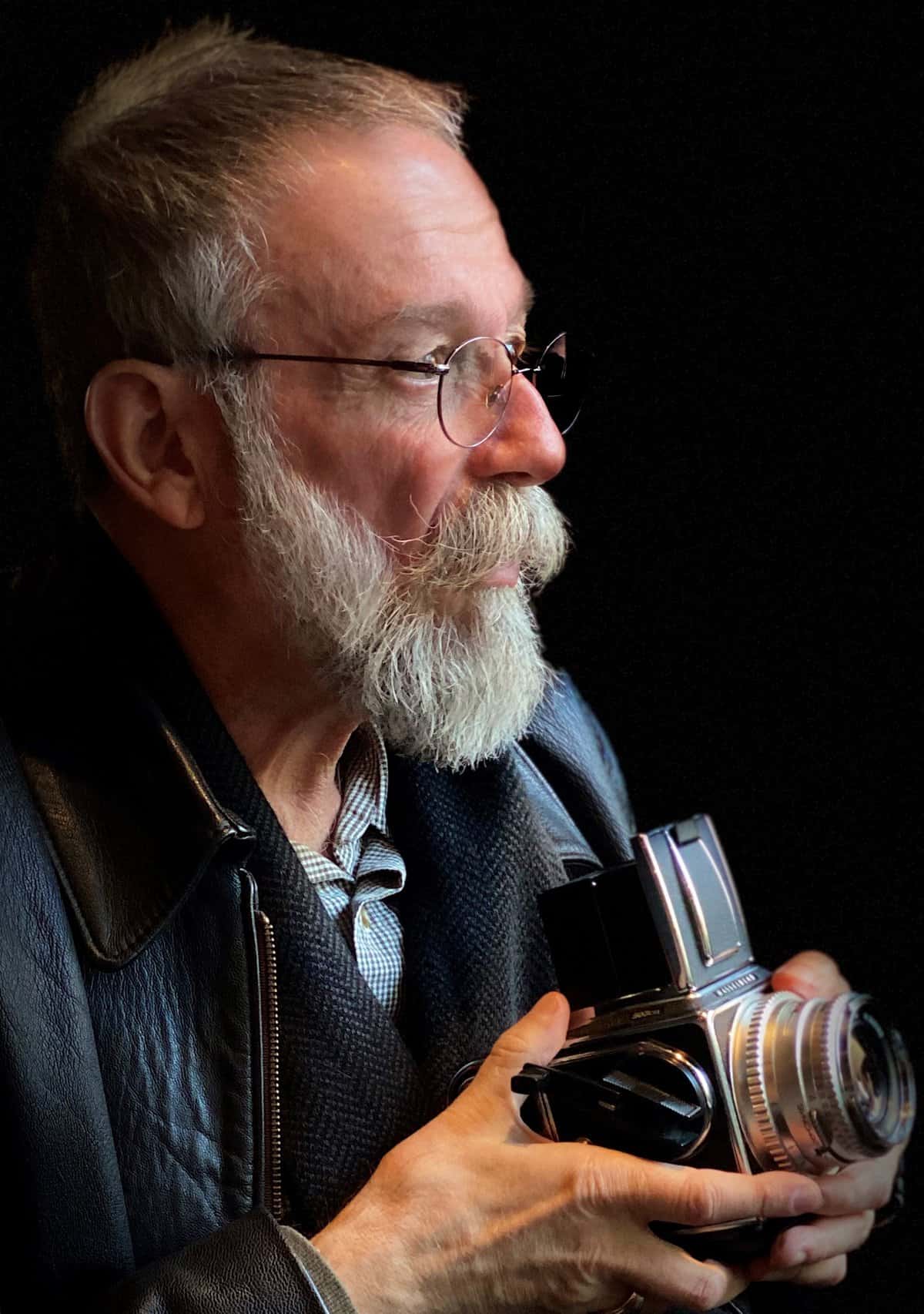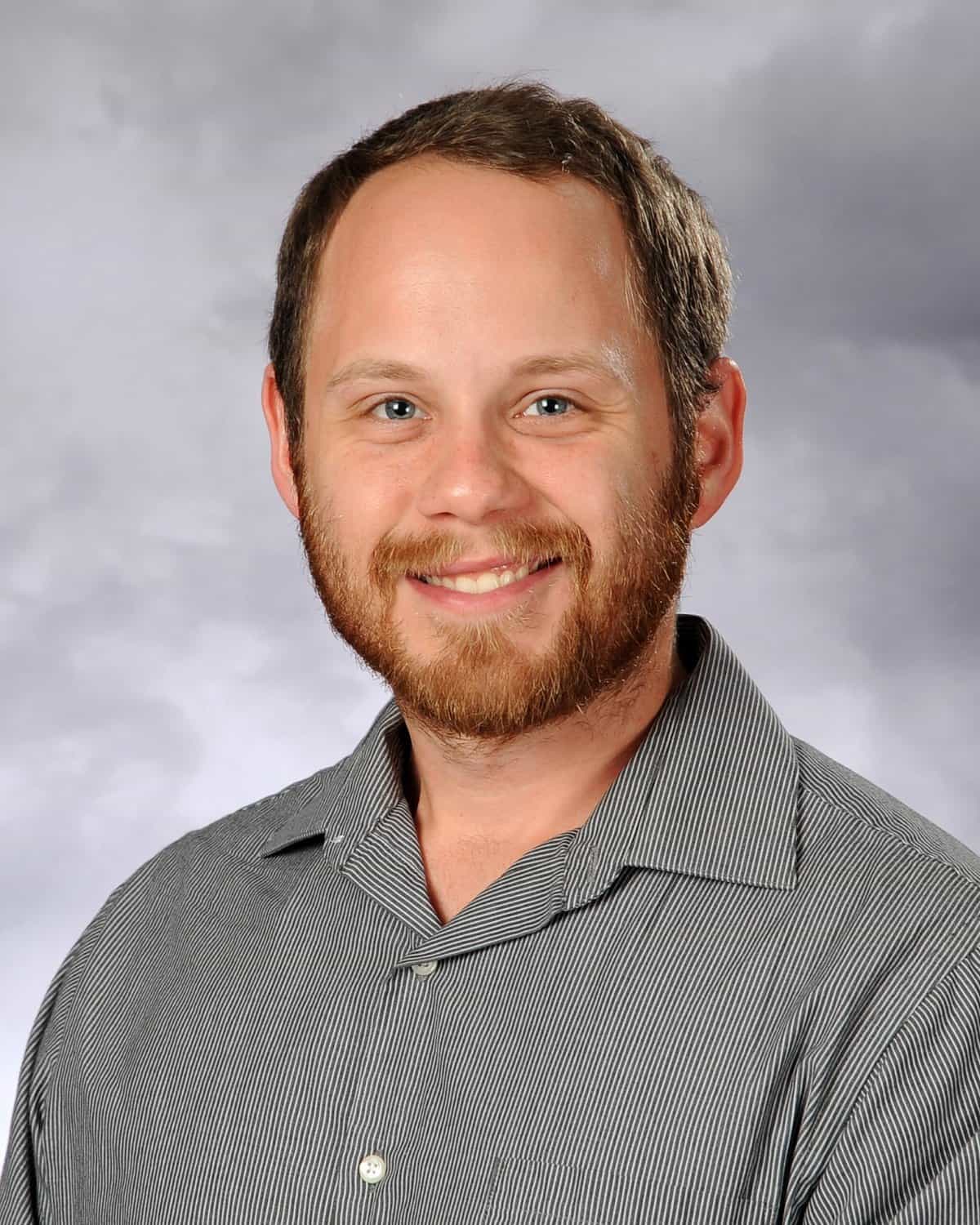A New Makeover: Remodeling Discipleship From Within
“We can see that the changes had an impact in the way we intended because the Co-lab gave us these tools to put it all together.”
-Katie-Lee Harrison, Children’s Church Director and Wife of Pastor Jon Harrison
Greensburg Christian Church
What happens when a church intentionally examines the role of discipleship from within? The church begins to rework its ministry to form a solid pathway towards spiritual growth. The end result is a stronger, more effective discipleship model that engages both the adults and the children on a church wide, congregational level never seen before.
Two years ago, founder Mike Johnson began a discipleship partnership with Greensburg Christian Church in a Church Discipleship Co-lab along with another church in the community. Mike coached our church with the Ascending Leaders framework of discipleship growth. Since then, this small church in rural Kansas has undergone phenomenal transformation. Katie-Lee Harrison shares the steps they took and the results they are now seeing.
What was it like when you started working with Mike?
It was very comfortable. It didn’t feel like an outsider coming in to tell us how to do things. We were instant friends working towards the same goal. That gave us more freedom to dig into what discipleship looks like at our church because there was camaraderie, not like a teacher student experience.
How was discipleship previously at GCC?
At the beginning, we didn’t know what we were doing. Mike really enabled us to figure out for ourselves what we were supposed to be doing. We didn’t have a discipleship plan at all. We didn’t know what discipleship looked like. We knew we should have a Bible study. We knew people should come to church on Sunday. We knew that we should love God and love other people, but what exactly were we running towards and what was our goal?
What is something you have learned?
Jon and I have come from other churches in bigger areas where they have these cute little logos and charts, but you don’t really connect them in the life of the church. From the bigger churches, discipleship is a programming idea rather than a personal idea. It’s about asking, “How is your discipleship journey going? How do we come together as a body of believers to figure out how our collective discipleship journeys are going?”
What were some steps that you took?
We consolidated everyone into the same curriculum. We use the Gospel Project. Jon preaches on Sunday through the passage. Our adults do that same passage in Bible study midweek. The next Sunday, we have discussion group prior to the service using lighter questions about the previous week’s passage.
Were there any changes that affected children’s ministry?
In big ways. Previously, kids left during the service and went to children’s church. We rearranged our church service so that children’s church is now before the service–the children sit in the service with everyone else. The kids are learning with the adults the same material. That was a big difference to integrate our kids into the service. We felt that discipleship doesn’t start when you’re eighteen or when you make any claim to christianity. It begins with the seekers. Our kids are the seekers. We don’t want to leave them off the spectrum of ministry because they are young. It makes them part of the body instead of being segregated off to an activity, babysitting function.
Can you describe some changes you saw?
We just started a new quarter of our Wed night Bible study after summer. Typically we would have an ice breaker at the beginning. That would be the time when they were most chatty. For Bible study, we almost didn’t even read the questions because the discussion took off. There was this thought that we should do away with the ice breaker questions so we would have more time to discuss. It just shows how much has changed in the group members because to get rid of the things that used to be the most fun, that had nothing to do with the Bible, because we want to talk about the Bible more, is a big difference. It shows a lot of growth in the group.
Have you seen the coaching trickle down to the individual church member?
You hear more Bibles open and pages turning while the message is going on. That is a direct result of some of the changes we’ve made. We also have had more involvement from members in the service. At Bible study there has been more preparation. The conversation in the morning has been much more robust because of the repetitive nature of our week. It’s all just one passage. People are ruminating on it more. And that is contributing to a more robust discussion, which then contributes to them thinking about it more. That has been encouraging to see.
Any last thoughts?
People are engaged throughout the entire week – Sunday morning discussion and the sermon and mid week Bible study, so they’re getting hit on all sides. To see that growth when it’s all working together the way that we planned it is hugely beneficial. We can see that the changes had an impact in the way that we intended because the Co-lab gave us these tools to put it all together.














